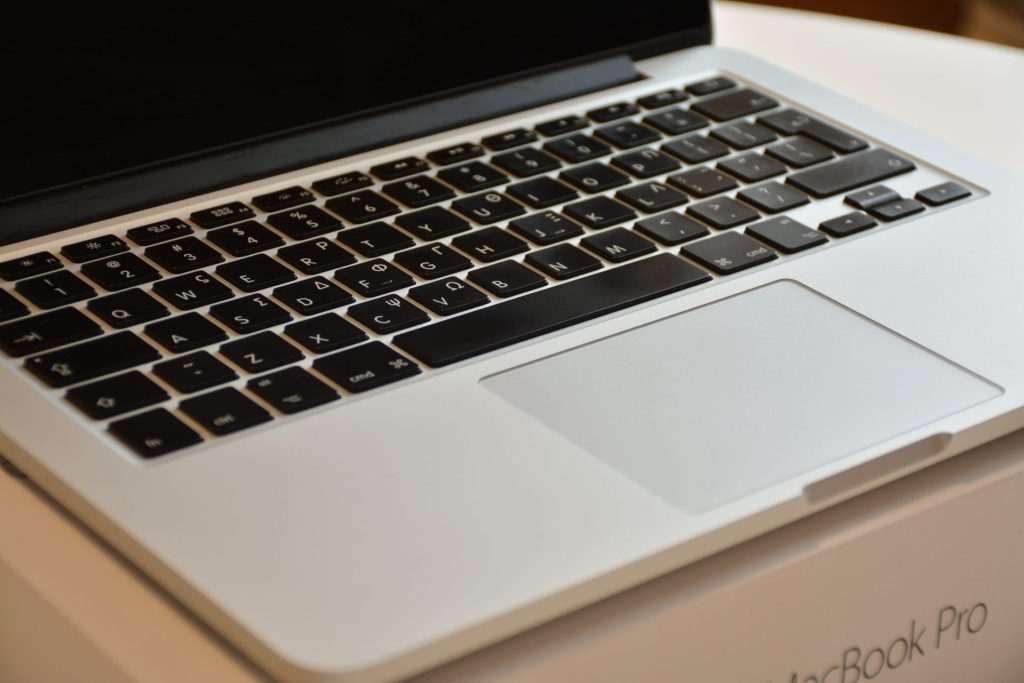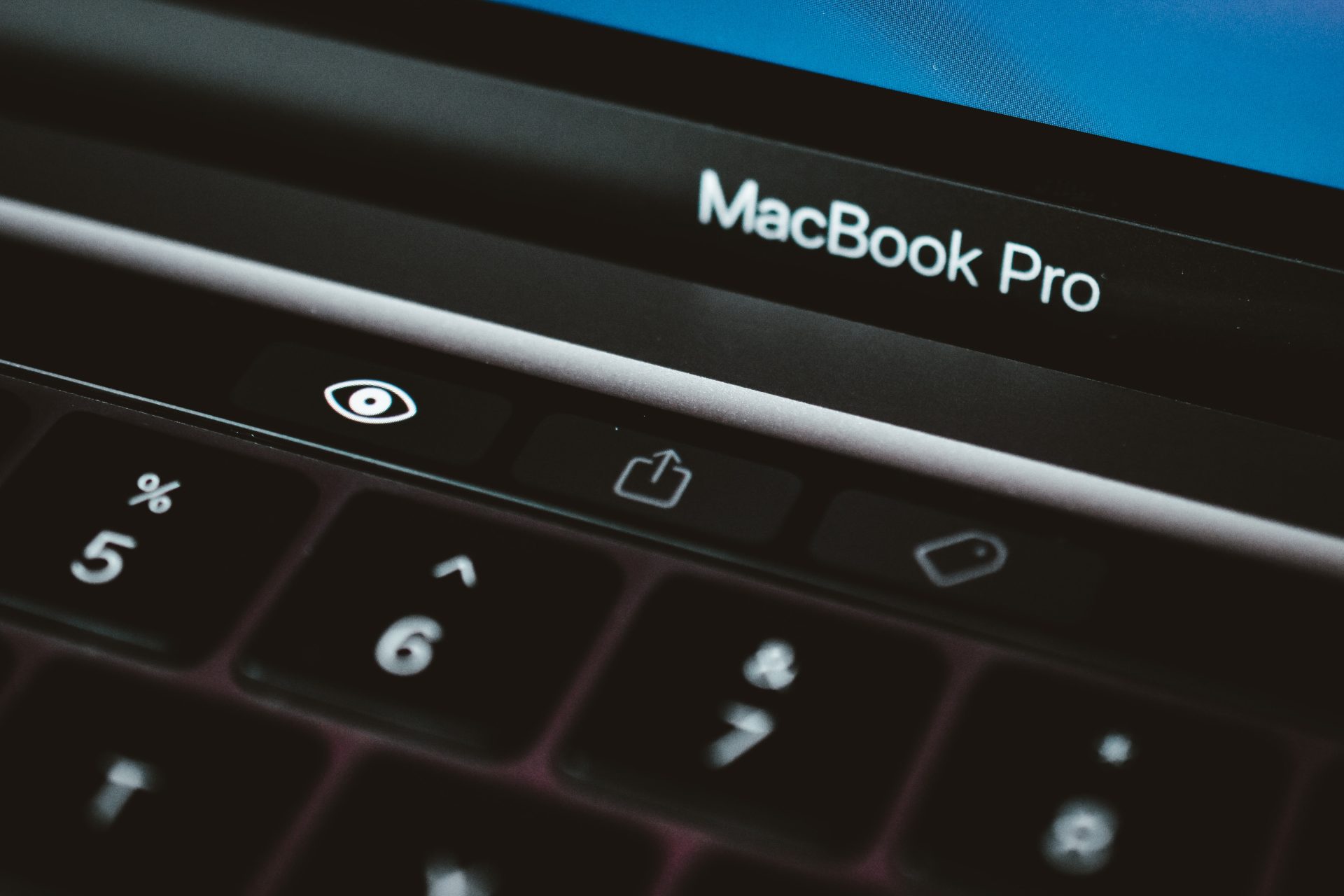Introduction to the lifespan of MacBook Pro
In today’s fast-paced, digital world, having a reliable laptop is more important than ever. Whether you use it for work, school, or personal purposes, a good laptop can make all the difference in terms of productivity and efficiency.
One brand that has long been known for its high-quality, durable laptops is Apple, and their MacBook Pro models are particularly popular among professionals and power users. But like any electronic device, a MacBook Pro has a limited lifespan, and it’s natural to wonder how long you can expect yours to last.
The MacBook Pro is widely regarded as a top-of-the-line laptop, with a sleek design, powerful processors, and a range of features that make it suitable for a variety of tasks. It’s not uncommon for MacBook Pro users to hang onto their laptops for several years, especially if they take good care of them.
However, there are various factors that can affect the lifespan of a MacBook Pro, and it’s important to be aware of these if you want to get the most out of your investment.
In this article, we’ll explore the topic of how long a MacBook Pro should last, looking at both Apple’s official lifespan estimates and real-world experiences. We’ll also discuss the various factors that can impact the longevity of a MacBook Pro, and provide some tips and tricks for maximizing its lifespan.
Finally, we’ll consider when it might be time to replace your MacBook Pro, either due to hardware failure or changing personal or professional needs. Whether you’re a current MacBook Pro owner looking to get the most out of your device, or considering purchasing one in the future, this article will provide valuable information and insights.
Factors that affect the lifespan of a MacBook Pro
When it comes to owning a MacBook Pro, one of the most important factors to consider is its lifespan. This is because, like any other electronic device, a MacBook Pro’s lifespan can be affected by a variety of factors,.
Understanding these factors can help you to prolong the lifespan of your MacBook Pro and get the most out of your investment. In this section, we will be discussing some of the key factors that affect the lifespan of a MacBook Pro.
One of the key factors that can impact the lifespan of a MacBook Pro is the frequency and quality of hardware and software updates. Apple regularly releases updates for its MacBook Pro models, which can include new features, bug fixes, and security patches.
Another factor that can affect the lifespan of a MacBook Pro is how you use and care for it. For example, if you frequently overload your MacBook Pro with resource-intensive tasks or expose it to extreme temperatures, this can put extra strain on the hardware and potentially shorten its lifespan.
Finally, the physical wear and tear that a MacBook Pro experiences over time can also impact its lifespan. While it’s not possible to completely prevent physical wear and tear, using a protective case and handling your MacBook Pro with care can help minimize the impact on its lifespan.
Apple’s official lifespan estimates for MacBook Pro models

When it comes to determining how long a MacBook Pro should last, it’s worth considering Apple’s official lifespan estimates for its various models. These estimates are based on a variety of factors, including the type of hardware and software used, as well as the intended usage of the device.
One important thing to note is that Apple’s official lifespan estimates for MacBook Pro models can vary depending on whether they are designated as consumer or professional models. Consumer models are intended for general use, while professional models are designed for more demanding tasks and are typically more expensive, and have longer lifespan estimates.
Apple provides official lifespan estimates for its MacBook Pro models in the form of a “vintage” date, which is the last date on which the model will receive hardware service and support from Apple.
For consumer MacBook Pro models, this vintage date is typically around five to seven years after the model’s introduction, while for professional models, it can be up to eight to ten years.
It’s important to note that these official lifespan estimates are just that – estimates. Many MacBook Pro users have reported that their devices have lasted well beyond the vintage date, especially if they have taken good care of them.
On the other hand, some users may experience hardware or software issues that shorten the lifespan of their MacBook Pro, regardless of the official vintage date.
In summary, Apple’s official lifespan estimates for MacBook Pro models can provide a rough idea of how long a particular model is likely to last. However, usage, maintenance habits, physical wear and tear, and other factors also play a role in determining the lifespan of a MacBook Pro.
Tips for extending the lifespan of your MacBook Pro
If you want to get the most out of your MacBook Pro and extend its lifespan as much as possible, there are several steps you can take. Here are some tips for maximizing the longevity of your MacBook Pro:
First and foremost, keeping your MacBook Pro up-to-date with the latest software and firmware is crucial for maintaining its performance and security. Make sure to regularly check for updates and install them as soon as they become available.
Properly protecting and maintaining your MacBook Pro can also help extend its lifespan. This can include using a protective case or sleeve to prevent scratches and dents, as well as cleaning the keyboard and screen regularly to prevent dust and dirt from accumulating.
Another tip is to avoid overheating and overloading the system because it can put extra strain on your MacBook Pro’s hardware, potentially shortening its lifespan. To prevent overheating, make sure to use your MacBook Pro in a well-ventilated area, and avoid blocking the vents on the bottom of the laptop.
Finally, how you store and transport your MacBook Pro can also impact its lifespan. Make sure to store it in a cool, dry place, and avoid exposing it to extreme temperatures or moisture. When transporting your MacBook Pro, use a protective case or sleeve to prevent scratches and other physical damage.
By following these tips, you can help extend the lifespan of your MacBook Pro and get the most out of your investment.
When to consider replacing your MacBook Pro
Despite your best efforts to extend the lifespan of your MacBook Pro, there may come a time when it becomes necessary to consider replacing it. There are a few key signs that it might be time to upgrade to a new laptop.
If your MacBook Pro is experiencing hardware issues, such as a faulty battery or a broken screen, it may be necessary to replace it. Additionally, if your MacBook Pro has sustained physical damage that cannot be repaired, such as water damage, it may be time to consider a replacement.
Another sign is if your personal or professional needs have changed in a way that requires a newer, more powerful laptop, it may be time to upgrade. For example, if you’ve started a new job that requires more intensive tasks, or if you’ve started using more resource-intensive software, a newer MacBook Pro model with more powerful hardware may be necessary.
Finally, one practical consideration when deciding whether to replace your MacBook Pro is the cost of repairs versus the cost of a new laptop. If your MacBook Pro is experiencing issues and the cost of repairs is significantly more than the cost of a new laptop, it may be more cost-effective to upgrade.
Conclusion: The Importance of Proper Care and Maintenance for Maximizing the Lifespan of Your MacBook Pro
In conclusion, the lifespan of a MacBook Pro can vary depending on a variety of factors, including hardware and software updates, usage and maintenance habits, and physical wear and tear. By staying up-to-date with updates, using and caring for your MacBook Pro responsibly, and minimizing physical damage, you can help extend its lifespan and get the most out of your investment.
Apple’s official lifespan estimates for its MacBook Pro models can provide a rough idea of how long a particular model is likely to last, but it’s important to consider other factors as well.
While it’s not possible to completely prevent hardware or software issues, proper care and maintenance can go a long way in maximizing the lifespan of your MacBook Pro. By following the tips outlined in this article, you can help ensure that your MacBook Pro remains in good working order for as long as possible.
Ultimately, the decision to upgrade or replace your MacBook Pro will depend on your individual needs and budget. If your MacBook Pro is experiencing hardware failure or irreparable damage, or if your personal or professional needs have changed in a way that requires a newer model, it may be time to consider an upgrade.
On the other hand, if your MacBook Pro is still meeting your needs and is in good working order, there may be no need to replace it. By considering all of these factors, you can make an informed decision that’s right for you.
Frequently Asked Questions
The lifespan of a MacBook Pro can vary depending on a variety of factors. Apple provides official lifespan estimates for its MacBook Pro models in the form of a “vintage” date.”
For consumer MacBook Pro models, this vintage date is typically around five to seven years after the model’s introduction, while for professional models, it can be up to eight to ten years.
There are several steps you can take to extend the lifespan of your MacBook Pro, including regularly updating the software and firmware, adequately protecting and maintaining the laptop, avoiding overheating and overloading the system, and properly storing and transporting the laptop.
There are a few key signs that it might be time to consider replacing your MacBook Pro, including signs of hardware failure or irreparable damage, changes in personal or professional needs that require a newer model, and the cost of repairs versus the cost of a new laptop.
In some cases, you may be able to repair your MacBook Pro yourself. If you’re unsure about how to repair it or the cost is high, it may be best to seek professional assistance or consider an upgrade.
Whether to invest in a MacBook Pro is a personal decision based on individual needs and budget. In general, however, MacBook Pro models are known for high quality and durability, powerful hardware, sleek design, and a wide range of features.

